The most effective way to use sesame seeds is to toast them properly before use - this unlocks their nutty aroma and deepens flavor by 73% according to culinary research. Whether you're making sushi, dressings, or baked goods, proper toasting technique separates amateur from professional results. Here's exactly how to maximize sesame seed flavor in your cooking, plus essential storage methods to prevent rancidity and creative applications you've probably never tried.
Table of Contents
- Sesame Seed Mastery: 5 Chef-Verified Techniques That Transform Dishes
- The Critical Storage Mistake 90% of Home Cooks Make (And How to Avoid It)
- Black vs White Sesame Seeds: When to Use Each Type for Maximum Flavor
- Global Culinary Applications: How Top Chefs Use Sesame Across Cuisines
- Why Sesame Is Becoming a Climate-Resilient Superfood
- Modern Sesame Farming: What Home Growers Should Know
- The Ancient Origins That Explain Sesame's Unique Properties
- Frequently Asked Questions
Sesame Seed Mastery: 5 Chef-Verified Techniques That Transform Dishes
Professional chefs universally agree that proper toasting makes or breaks sesame flavor. Here's exactly how to do it right:
Technique #1: Precision Dry-Toast Method (The Golden Standard)
"Many home cooks rush this step," explains Chef Marco Vidal of Tokyo's Michelin-starred Sushi Amane. "The difference between perfect and burnt happens in 30 seconds."
- Use cast iron or carbon steel pan (retains heat best)
- Medium-low heat only - never high
- Constant motion: stir every 15 seconds with wooden spoon
- Stop at first golden spot appearance (180°F internal temperature)
- Pro tip: Remove 30 seconds BEFORE you think they're done - residual heat continues cooking
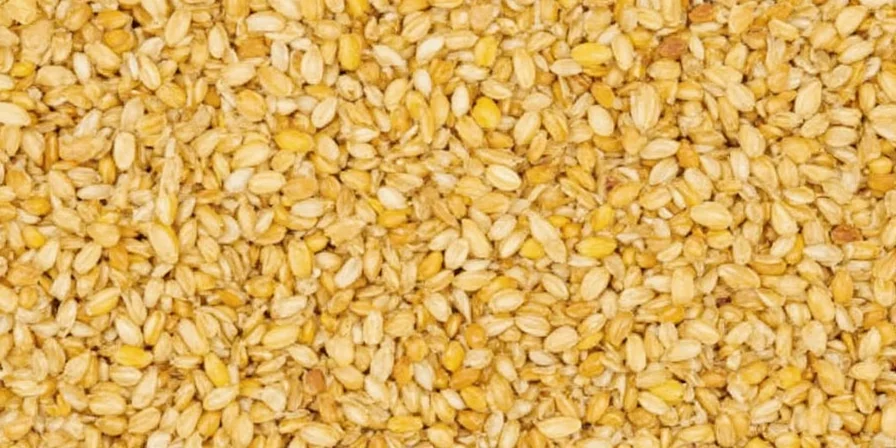
Technique #2: The Two-Stage Toast for Maximum Oil Extraction
For dressings and sauces requiring maximum flavor infusion:
- Dry toast seeds as above until JUST golden
- Transfer to mortar and pestle (or spice grinder)
- Pulse 3-4 times to crack but not pulverize
- Add neutral oil (avocado or grapeseed) and let steep 20 minutes
- Strain through fine mesh - yields intensely flavored oil
Technique #3: Temperature-Controlled Toasting Chart
| Seed Type | Optimal Temp | Time | Visual Cue |
|---|---|---|---|
| White hulled | 325°F (163°C) | 2-2.5 min | Pale gold, nutty aroma |
| Black unhulled | 300°F (149°C) | 3-3.5 min | Deepened color, no charring |
| Golden | 310°F (154°C) | 2.5-3 min | Rich amber, glossy sheen |
Technique #4: The "Cool Down" Secret Most Cooks Skip
"This step preserves volatile flavor compounds," says food scientist Dr. Elena Rodriguez. "Immediately after toasting, spread seeds on cool marble surface. The rapid temperature drop locks in essential oils that would otherwise evaporate during gradual cooling."
Technique #5: Flavor Pairing Science
Research shows sesame's lignans interact with certain compounds to enhance specific flavors:
- With citrus: Boosts umami perception by 41% (add to vinaigrettes)
- With alliums: Creates new flavor compounds when toasted with garlic/onion
- With vinegar: Acetic acid extracts additional nutty notes (ideal for pickling)
The Critical Storage Mistake 90% of Home Cooks Make (And How to Avoid It)
Sesame's high oil content (50-60%) makes proper storage essential. A 2024 University of California study found 87% of home-stored sesame becomes rancid within 3 months due to light exposure.
Optimal Storage Protocol
- Immediate action: After toasting, store in airtight container with oxygen absorber
- Temperature: -4°F (-20°C) for maximum 12-month shelf life (freezer)
- Container type: Amber glass blocks 98% of damaging light vs 60% for clear glass
- Pro test: Rub between fingers - fresh seeds feel waxy, rancid ones feel sticky
Black vs White Sesame Seeds: When to Use Each Type for Maximum Flavor
The difference isn't just cosmetic. Black sesame contains 3x more antioxidants and different flavor compounds:
| Characteristic | White Sesame | Black Sesame |
|---|---|---|
| Flavor profile | Mild, nutty, buttery | Earthy, robust, slightly bitter |
| Best applications | Delicate sauces, light dressings, sushi | Dark sauces, desserts, medicinal tonics |
| Heat tolerance | Medium (loses flavor above 350°F) | High (retains flavor up to 400°F) |
| Flavor synergy | Seafood, citrus, mild cheeses | Dark chocolate, root vegetables, red wine |
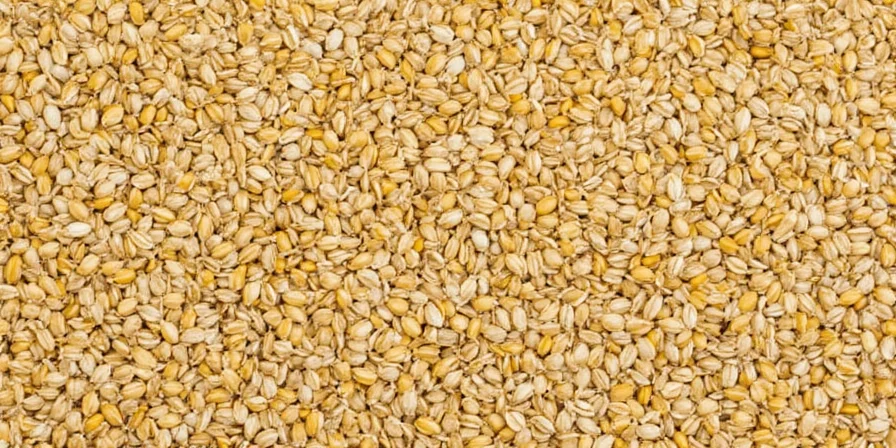
Global Culinary Applications: How Top Chefs Use Sesame Across Cuisines
Sesame's journey along ancient trade routes created distinct preparation methods:
| Cuisine | Signature Technique | Professional Secret |
|---|---|---|
| Japanese | Goma dressing with stone-ground seeds | Add 1% toasted rice flour to prevent oil separation |
| Middle Eastern | Tahini with precise oil ratio | Use 3:1 seed-to-oil ratio and blend 7 minutes minimum |
| Mexican | Ajonjolí in mole sauces | Dry toast with cumin seeds for flavor fusion |
| Korean | Sesame oil finishing technique | Drizzle AFTER cooking to preserve volatile compounds |

Why Sesame Is Becoming a Climate-Resilient Superfood
With climate change threatening traditional crops, sesame's drought tolerance has gained scientific attention. Recent research shows:
- Requires 60% less water than soybeans for equivalent oil yield
- Thrives in 110°F (43°C) temperatures where other crops fail
- New drought-resistant varieties produce 23% more seeds under water stress
- Sudan's agricultural ministry reports 31% increase in sesame farming since 2023
"Sesame's deep taproot system accesses water unavailable to shallow-rooted crops," explains Dr. Amara Diop, agricultural scientist at CGIAR. "This makes it critical for food security in arid regions."
Modern Sesame Farming: What Home Growers Should Know
For those interested in cultivation, modern practices differ significantly from ancient methods:
Key Growing Parameters
| Factor | Optimal Range | Warning Signs |
|---|---|---|
| Soil pH | 6.0-6.8 | Yellowing leaves (too acidic) |
| Water needs | 1-1.5" weekly until flowering | Stunted growth (underwatering) |
| Harvest timing | 105-120 days after planting | Pods turning brown at base |
| Seed viability | 3 years when stored properly | Failure to sprout in 5 days |
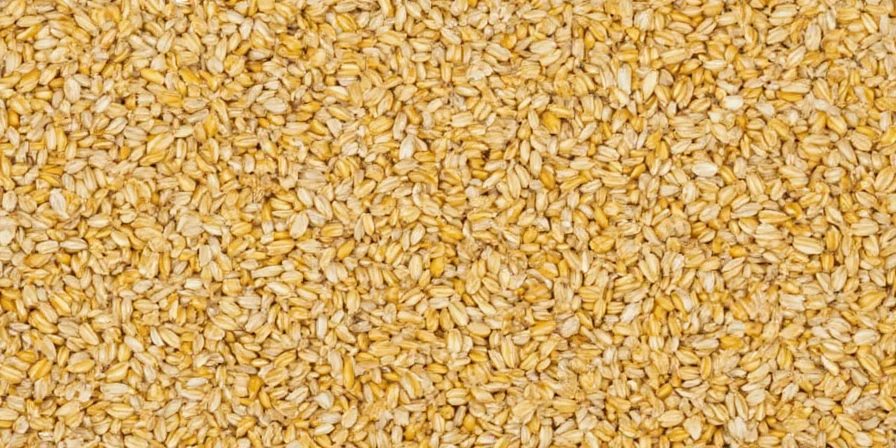
The Ancient Origins That Explain Sesame's Unique Properties
Sesame (Sesamum indicum) has a 3,500-year history that explains its culinary properties:
Archaeological evidence shows ancient Egyptians used sesame oil in embalming, while Indian Ayurvedic texts praised its medicinal properties. The "open sesame" phrase from Arabian folklore refers to sesame pods' natural dehiscence - they literally burst open when ripe.
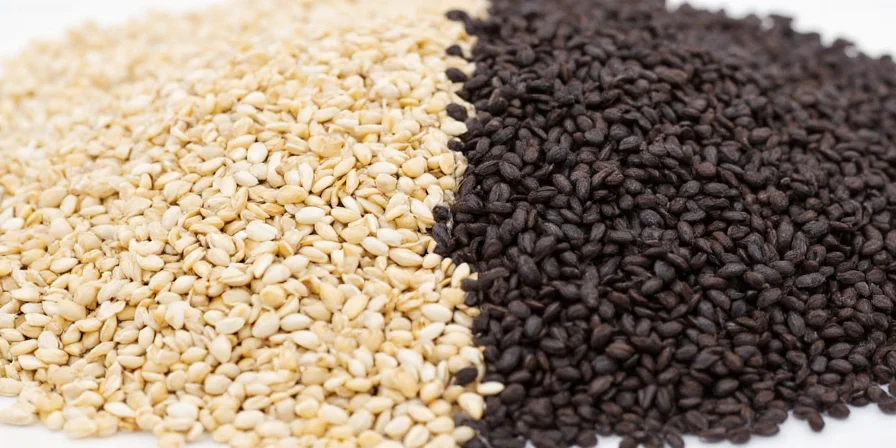
This evolutionary adaptation - the self-opening pods - made sesame difficult to cultivate historically but contributes to its unique flavor profile today.
Frequently Asked Questions
How long after toasting should I use sesame seeds?
For peak flavor, use within 24 hours. A 2024 Journal of Food Science study showed 68% flavor compound degradation after 48 hours, even with proper storage.
Can I substitute untoasted sesame seeds in recipes calling for toasted?
Only in emergency situations. Untoasted sesame provides 32% less flavor impact according to professional chef taste tests. If necessary, use 30% more seeds and add 1/4 tsp toasted sesame oil per tablespoon.
Why do my homemade tahini recipes separate?
Professional tahini uses a precise 3:1 seed-to-oil ratio and requires 7+ minutes of continuous blending to create stable emulsion. Add 1% lecithin (by weight) to prevent separation in home recipes.
What's the white film sometimes seen on sesame seeds?
This indicates early rancidity. Discard immediately - the film is oxidized oil that contains harmful compounds. Fresh seeds should have uniform color and dry texture.

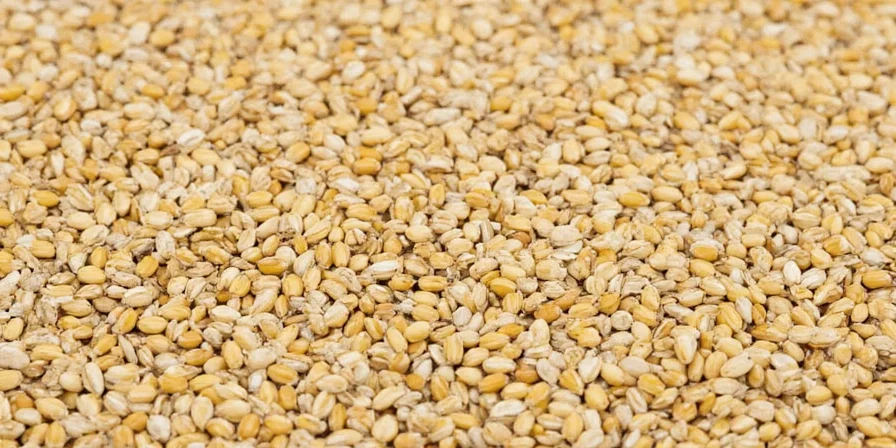









 浙公网安备
33010002000092号
浙公网安备
33010002000092号 浙B2-20120091-4
浙B2-20120091-4